1. Manage Your Devices Via the Web

In addition to accessing the on-device app store, you can reach Google Play via your web browser. The web interface offers an array of options that aren’t available through the Android app store, including the ability to see and manage all Android devices associated with your account. To see a list of all Android devices, visit Google Play at play.google.com. Click a content option on the vertical menu. And a Settings icon that looks like a small gear in the top-right of your display. Click that icon to view a list of your registered devices. If you don’t see the Settings icon, try choosing another content option from the context menu. To change the name of a device in the list. Click the option, type the new name in the name field, and click Update to save changes.
2. Manage Mail Preferences Notifications
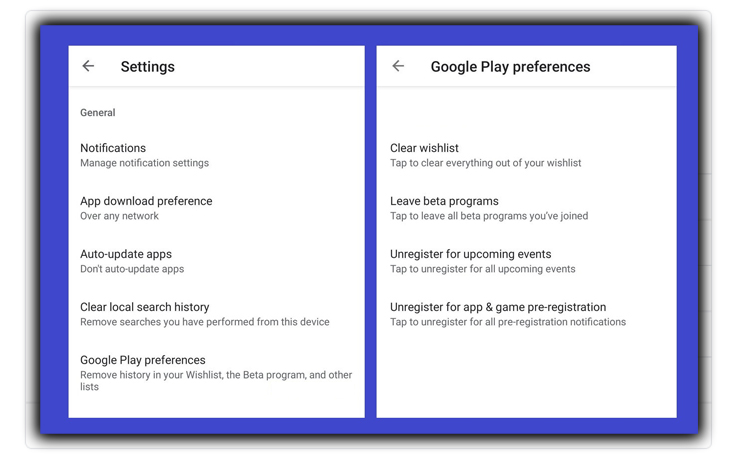
The Google Play Settings screen lets you update your email preferences and notification settings. Open the web-based Google Play settings using the process described above. And scroll down to the bottom of the screen, where you’ll see two check boxes. If you want to receive news, and promotions from Play, fill in the first box. Check the second box if you wish to receive email notifications from developers seeking feedback on the apps you use.
3. Review Orders, Report Problems, Request Refunds
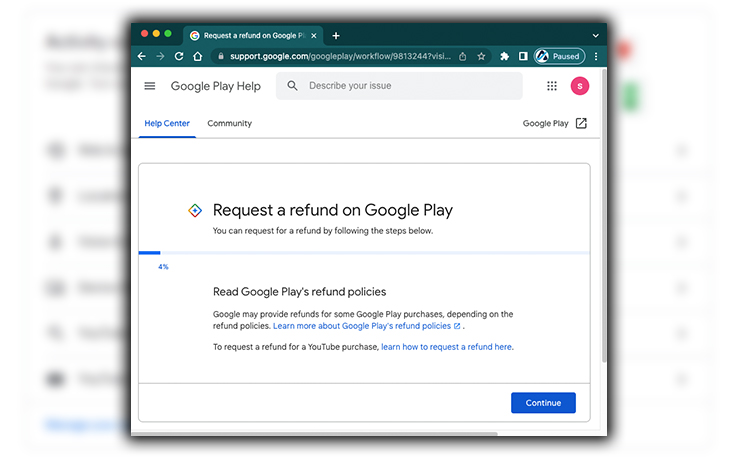
See a handy list of your paid transactions on Google Play. Click the Google Play Settings icon. Instead of choosing the Settings option, click My Orders. The orders list details the content you’ve purchased or downloaded. Including the item’s full name, price, transaction date, content type, status, complete, canceled, shipped, or whatever. To filter your purchases by content type. Use the All Orders menu in the top left corner above the list of purchases.
To report a problem with an app, product, or service or to request a refund. Find the specific purchase in the list and hover your pointer over the name in the list. A set of three vertical dots will appear to the right of the term. Click the dots and choose the Report a problem option. A collection of options specific to the content type will appear in a popup box with a drop-down menu. Choose the appropriate option from the menu, and you’ll see a list of possible resolutions. If the suggestions don’t help, fill in the text field with the correct details, and submit your request. You should receive some email receipts after submitting a request.
4. Password-Protect Your Orders
It’s a good idea to password-protect your Google Play account to avoid unwanted or accidental purchases. Primarily if multiple people, including children, frequently use your device or devices.
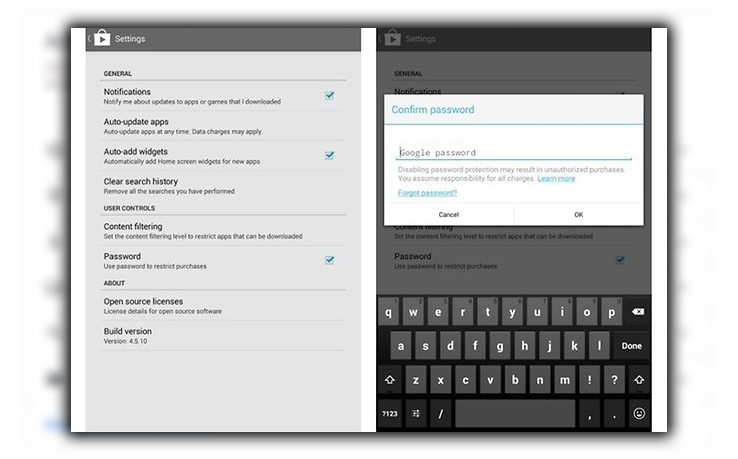
To enable Google Play password protection. Open the Google Play app on your Android device. Tap the three vertical dots in the top right corner of your display, and choose Settings. You’ll see a box next to the password in the User Controls section. Please enter a password and confirm it to enable the setting. After turning on password protection, you’ll be prompted for your password when you purchase a Google Play. You can make additional purchases without entering your password for up to 30 minutes after your recent purchase. Some devices enable password protection by default. If the password box is checked, your account is protected.
5. Automatically Update Your Google Play Apps
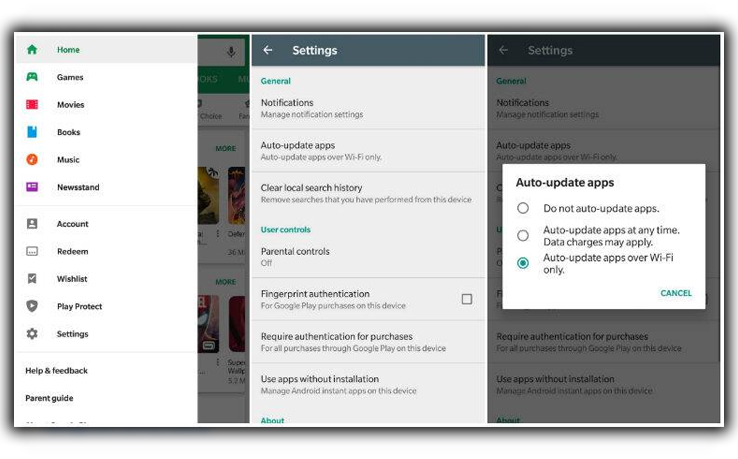
Google Play’s Auto-update apps let you automatically update your apps and games. Activating this option will reduce the annoying update notifications you receive. To enable automatic app updates. Click the Menu option on the three vertical dots in the top right corner and choose Settings. In the General section, you’ll see Auto-update apps. Tap that option and confirm it in the popup box. Occasionally receive notifications to approve app updates if permissions change. Most apps will automatically update after enabling this setting.
6. Automatically Add Widgets for New Apps
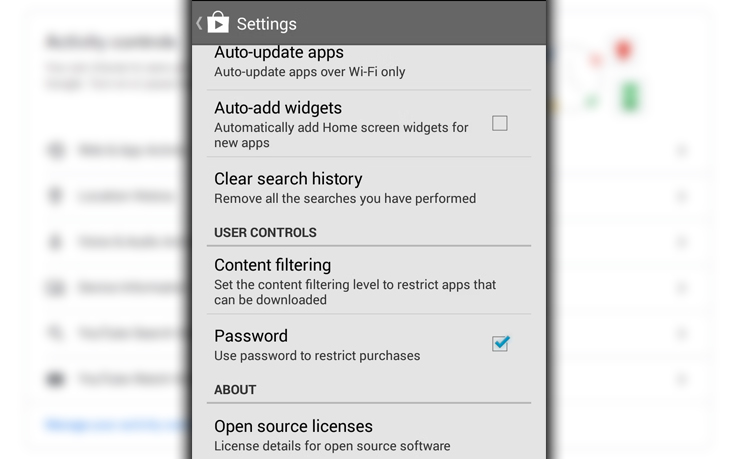
Widgets are among the best things about Android apps. They bring app features onto your Android home screen for quick viewing. And Google Play lets you automatically add a widget to your home screen for any new app you download. Assuming that the app has a widget. If you frequently download many apps. This setting may be a bit because unlimited widgets can become too much. It’s an excellent way to determine which apps have widgets. And deleting widgets you don’t want is relatively easy. To enable the auto-widget option:
- Open your Google Play app.
- Tap the three-dot menu icon in the top right corner of your screen, and choose Settings.
- Check the box next to Auto-app widgets in the General section.
7. Filter Google Play Content
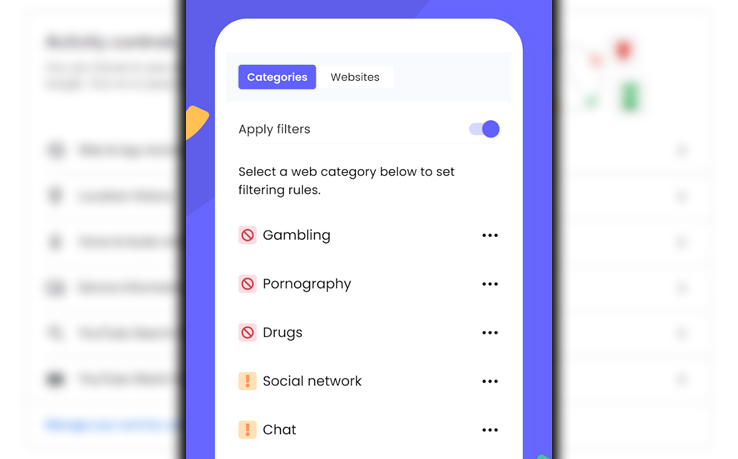
Google Play offers several content-filter settings that restrict the types of apps you can download via your account. To view, and modify your content settings, open the Google Play app, click the three-dot menu icon choose Settings. Under User Controls, select filtering options. You can customize those settings by checking or unchecking the boxes. Next to the five filter options. Under the allow apps rated for Everyone, Low maturity, Medium maturity, High maturity, and Show all apps. For details about each content setting, visit the related support page.
8. Browse for New Apps and Send Them to Your Device from the Web
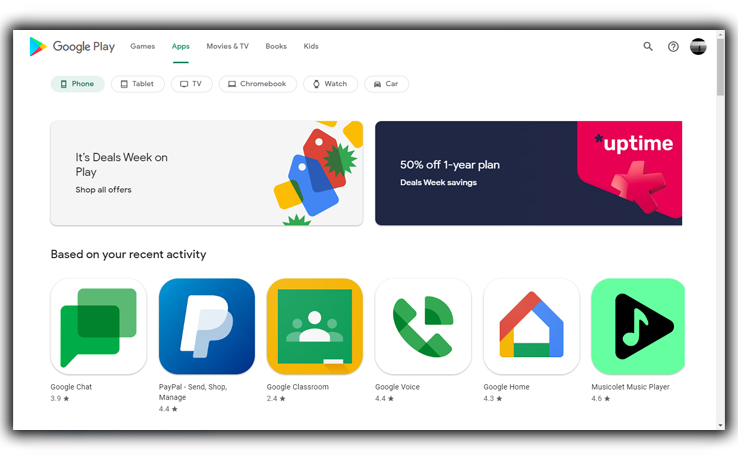
Sometimes it’s easier to search for new Android apps, games, or media using your web browser than the mobile app. If you use an Android phone, an Android tablet, or various Android devices. You can use the Google Play web interface to send new app content to specific devices quickly and easily. You’re interested in the web interface when you find an app or other download. Tap the Install or Buy button on the download page.
After logging in to your account, you’ll see a pop-up box containing a list of the app permissions. A drop-down menu at the bottom of the box lists all of the Android devices linked to your account. Choose the device you want to send the app to confirm the download. If you want to download the app to multiple devices, walk through the process again. This time choose another device from the drop-down menu.
9. Remove Devices from Menus
All Android devices you connect to your account appear in your Google Play lists. You can remove them from menus by modifying your Visibility settings. If your last phone was a Samsung Galaxy S3. If you updated to a Galaxy S4 and did not want the GS3 to show. When you download apps in the interface, remove the old GS3. Using the web interface, open your Settings menu on the My Devices page, as described in tip 1 above. Uncheck the boxes next to the device or devices you want to remove from your menus under the Visibility column. Refresh the page to confirm that the boxes are unchecked.
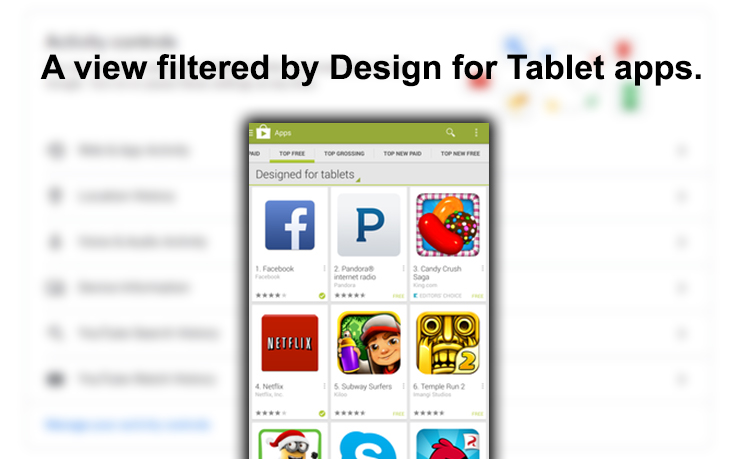
10. Filter Tablet-Optimized Apps
Finding apps designed for tablets in Google Play is simple, thanks to a Design for Tablets section in Google Play. To access that section, open the Google Play app on your tablet. Tap the Apps option at the top of the page. Drag your finger to the left of the screen and scroll to the following page. Choose Designed for Tablets from the drop-down menu at the top. Scroll through the various pages, including Top Paid, Top Free, and Top Grossing, and you’ll see only tablet apps.
















